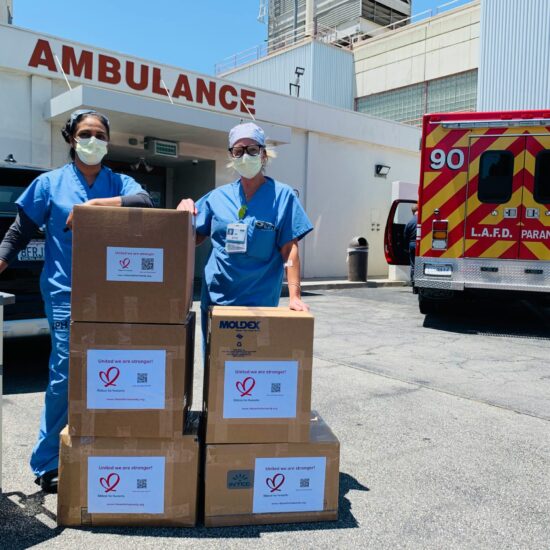Barbara Glickstein is co-director of the Center for Health, Media & Policy.
In today’s New York Times Opinionator blog, Ezekiel J. Emanuel’s A Simple Way to Reduce Suicides argues for changing the packaging of Tylenol from 50-100 pills in a bottle to blister packs as a measure to decrease suicides. He suggests that blister packs, being more labor-intensive and time-consuming to get the right dosage for toxicity, add a time-delay that potentially could stop the suicide from happening. This impact could contribute to the saving of thousands of lives each year.
A mental health professional posted a comment online comparing it to a speed bump in the road slowing down the suicide attempt. This pause in the action may create the emotional mind-space for them to reconsider their actions. Maybe even get some help.
The comments section mainly includes outcries by environmentalists because blister packaging increases waste and arthritis sufferers dependent on Tylenol for symptom management who struggle with this type of packaging due to their restricted mobility and aching joints. Then there are those who cry out stop the nanny state. They just want to be left alone.
The justified design concerns can be tackled by smart product development and the use of recycled and biodegradable materials. Blister packaging is more expensive so this must be addressed as well. When we have the will, we have the brain power to make products that work.
Organized suicide prevention models means calling on the talents of many great minds from many disciplines like talented engineers and designers of packaging as Dr. Emanuel states in his commentary.
There are other significant barriers to preventing suicides – limited access to mental health services for the uninsured as well as those insured by public and private insurance coverage. Many primary care practitioners are inadequately prepared to address suicide in their practices and stigma also prevents people from seeking professional help.
Suicide is a major public health concern.
Let’s look beyond what we know to address this public health issue by bringing together those who have been outside the conversation inside so we can create new scientific frontiers to prevent suicides.








